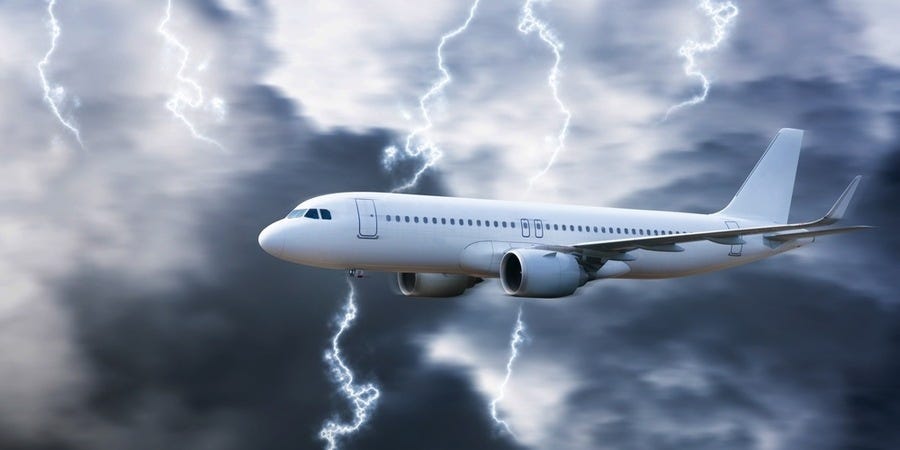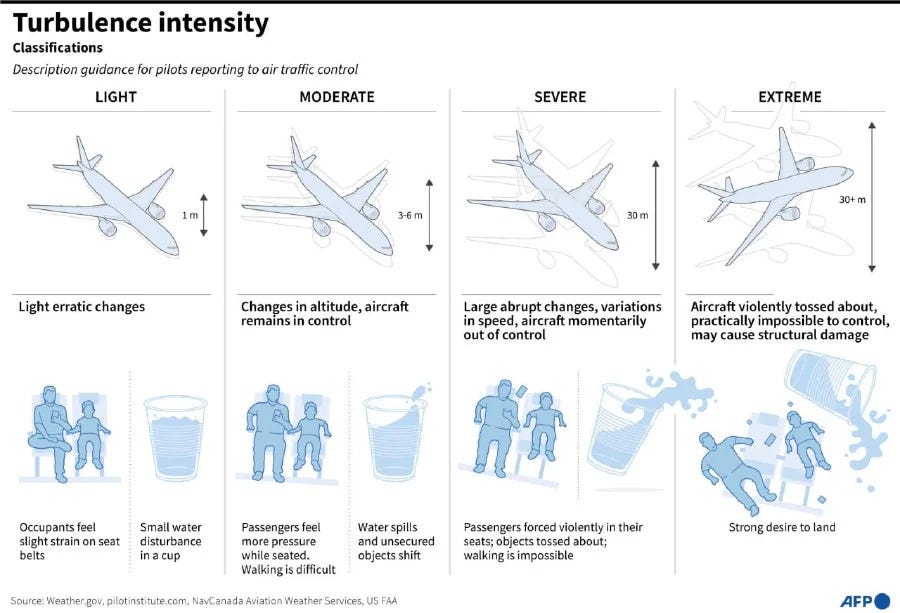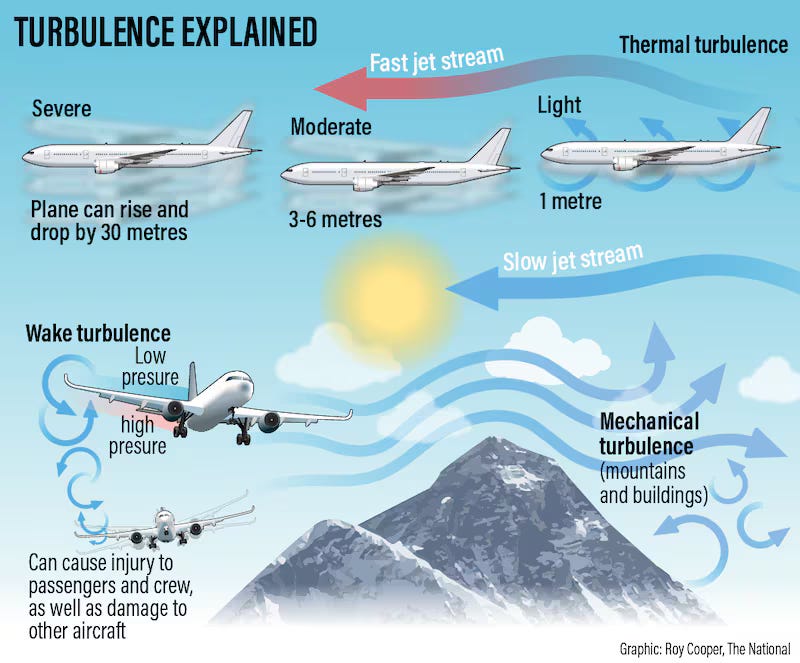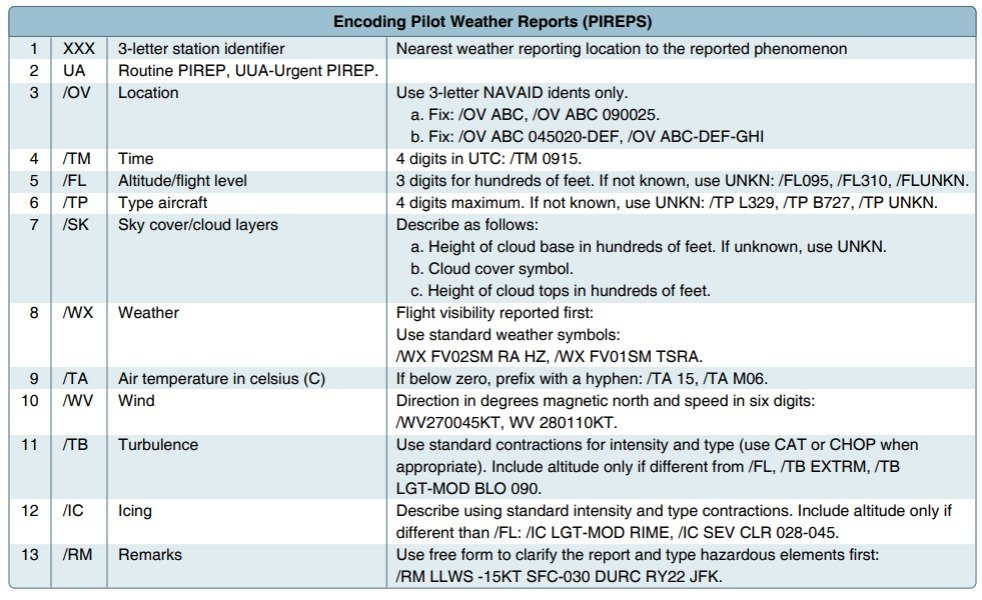Commercial air travel has become a remarkably safe and efficient means of transportation, ferrying millions of passengers daily across continents. Yet, for many travelers, turbulence remains one of the most nerve-wracking parts of flying. The sudden bumps, dips, and shakes can feel alarming—even when they're completely routine. This article explores what turbulence is, why it occurs, how flight crews respond, and what passengers should do when the skies get bumpy.
What is Turbulence?
Turbulence is a sudden change in airflow that causes an aircraft to move unpredictably. These air disturbances can lead to mild to severe jolts in the aircraft's motion. In simple terms, turbulence is the "rough air" that disrupts a plane's otherwise smooth flight path.
It’s important to understand that turbulence is not a structural threat to the aircraft in the vast majority of cases. Modern airplanes are engineered to withstand forces far greater than any typical turbulence can produce. Nonetheless, turbulence can pose risks to passengers and crew, especially when they are not properly seated or secured.
Turbulence is categorized into different intensities:
Light Turbulence – Slight, rhythmic bumps; drinks may ripple but not spill.
Moderate Turbulence – More pronounced jolts; passengers feel strain against seatbelts, and unsecured items may move.
Severe Turbulence – Strong, abrupt movements; walking is difficult, and objects may be tossed around.
Extreme Turbulence – Rare and violent; the aircraft may be momentarily uncontrollable.
Why Does Turbulence Happen?
Turbulence can be caused by several atmospheric conditions:
Thermal Turbulence: This occurs when hot air rises from the Earth's surface, often due to sunlight heating the ground unevenly. It's common on warm afternoons or when flying over mountainous terrain.
Mechanical Turbulence: Caused by physical obstructions like mountains or buildings, this type results from air flowing around these obstacles, creating eddies and vortices.
Clear Air Turbulence (CAT): Found at high altitudes, usually near jet streams, CAT is difficult to detect and occurs in otherwise clear skies. It's among the most unpredictable forms of turbulence.
Wake Turbulence: Produced by other aircraft, particularly large ones, this involves powerful vortices trailing from the wingtips.
Frontal Turbulence: Associated with weather fronts, particularly cold fronts, where different air masses collide.
Thunderstorm Turbulence: Among the most severe, this is linked to convective activity inside or near thunderstorms, including updrafts, downdrafts, and microbursts.
Pilot Response to Turbulence
Pilots are trained extensively to handle turbulence and mitigate its effects. Here’s how they typically respond:
Weather Avoidance: Using onboard radar and data from air traffic control, pilots will often adjust the flight path to avoid known turbulent areas, especially thunderstorms.
Altitude Changes: If turbulence is encountered, pilots may request a change in altitude to find smoother air. Jet streams and CAT, for example, often occur at specific flight levels.
Speed Adjustments: Pilots may slow the aircraft to "turbulence penetration speed," a velocity that minimizes stress on the airframe.
Communication: Pilots inform passengers and crew of expected or ongoing turbulence to ensure seat belts are fastened and service is suspended if necessary.
Coordination with ATC: Air Traffic Control helps pilots by relaying turbulence reports from other aircraft in the area, which can aid in route planning.
Cabin Crew Response
Flight attendants play a crucial role during turbulence:
Securing the Cabin: At the first sign of turbulence or upon pilot notification, the crew will secure loose items, halt service, and ensure galley equipment is stowed.
Passenger Safety: Crew members walk through the cabin (when safe) to check that seat belts are fastened.
Communication: The crew also serves as a calming presence, offering reassurance and instruction when needed.
Importantly, if turbulence becomes severe, the crew is trained to prioritize their own safety as well—taking their seats and securing themselves to avoid injury.
Passenger Dos and Don’ts During Turbulence
Do:
Keep Seat Belt Fastened: Always wear your seat belt when seated, even if the sign is off. Most injuries occur when passengers are not buckled during unexpected turbulence.
Follow Crew Instructions: Comply immediately with announcements and crew directions.
Stay Calm: Turbulence is uncomfortable but rarely dangerous. Keeping a level head helps you respond appropriately.
Don’t:
Walk Around Unnecessarily: Avoid going to the restroom or standing unless absolutely necessary when turbulence is expected.
Ignore the Signs: Disregarding the seatbelt sign can result in injuries during sudden jolts.
Panic: Noise and movement can be unsettling, but turbulence is not a sign that the aircraft is in danger.
Extreme Cases: How Bad Can Turbulence Get?
While most turbulence is moderate or light, severe turbulence does occur occasionally. Severe turbulence can cause sudden, strong jolts that might temporarily throw unbuckled passengers or crew members against the ceiling or aisles.
Notable Incidents:
In 1997, a United Airlines flight from Tokyo to Honolulu encountered severe CAT. One person died, and over 100 were injured—most were not wearing seat belts.
In 2023, a Lufthansa flight from Austin to Frankfurt hit sudden turbulence, injuring seven people and leading to an emergency landing in Washington, D.C.
These incidents, while rare, underscore the importance of seat belt use and crew readiness.
Can Turbulence Cause a Plane to Crash?
The short answer is: almost never. Modern aircraft are structurally resilient, and pilots are equipped with training and tools to navigate through or around turbulence.
Most turbulence-related injuries occur to passengers or crew—not to the aircraft itself. Commercial airliners undergo rigorous testing to ensure they can withstand strong aerodynamic forces far beyond those experienced in routine operations.
Preventive Measures and Technological Safeguards
The aviation industry uses a combination of technology, procedures, and training to reduce turbulence-related risks:
Weather Radar and Satellite Data: Advanced systems provide real-time data on storm systems, aiding route planning.
Pilot Reports (PIREPs): Pilots share real-time turbulence encounters with ATC and other aircraft.
Turbulence Prediction Models: Airlines use high-resolution weather models to forecast turbulence areas before flights.
Seat Belt Sign Protocols: Automated systems can trigger seatbelt signs based on sensed motion, not just pilot observation.
Aircraft Design: Modern aircraft like the Boeing 787 and Airbus A350 are built with composite materials and advanced wing structures that offer better flexibility and absorption during turbulence.
Cabin Crew Training: Annual training sessions ensure flight attendants can react quickly and effectively during turbulent episodes.
Emerging technologies may soon make turbulence even more manageable. Research is ongoing into lidar-based systems that can detect clear air turbulence in advance—something radar currently struggles with. Improved AI-powered forecasting models are also helping airlines plan smoother routes, reducing the odds of encountering bumpy skies.
Turbulence, while unsettling, is a natural part of air travel. With robust aircraft design, skilled pilots, and proactive crews, the aviation industry ensures that these bumps in the sky are usually nothing more than minor discomforts. Passengers, too, have a role to play—by staying buckled, following instructions, and staying informed.






